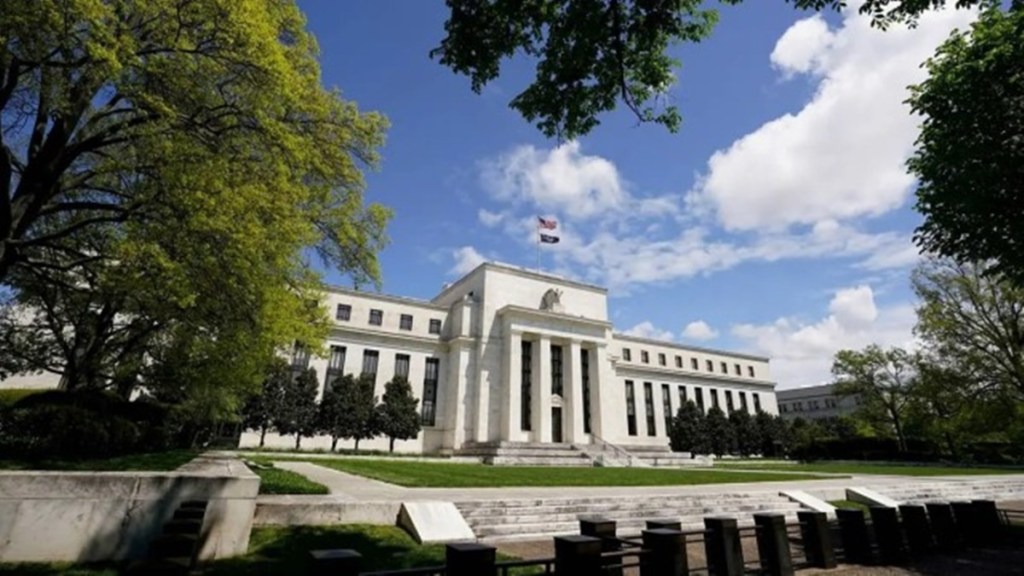The US Federal Open Market Committee’s (FOMC’s) pause at the June meeting was widely expected, but the hawkish undertone has left the markets anxious. After 10 straight hikes, the Fed decided to leave the federal funds rate unchanged at 5-5.25% at its June meeting, with no members dissenting. However, the dot plot of forecasts shows that 9 of the 18 FOMC members expect two more rate hikes this year and three expect more than two hikes in CY23. That’s probably because core inflation is expected to run higher than headline inflation with the median projection revised upwards to 3.9% for 2023. The pause is intended to give the FOMC time to take stock of the impact of the tightening so far and also to help the economy adjust to costlier money. It leaves the Fed with more room while deciding on the next steps.
But rates will surely head higher in what seems like a renewed fight against inflation and given Fed Chair Jerome Powell’s observations that the rise in prices needs to be contained at the targeted 2% level. The basis for the Fed’s actions is the resilience of the US economy—median forecasts peg real GDP growth at 1% in 2023, up from 0.4% three months back, over 1.1% in 2022. Technically, that rules out a recession though the forecast of an unemployment rate of 4.5% for CY24 suggests otherwise. For the moment though, the markets are not just penciling in an additional 50 basis points of tightening but also believe the probability of rate cuts in 2023 is now low.
Also read: Concentration, not dilution
The Fed, it would appear, is unwilling to risk stoking inflation unless the US economy slows much beyond expected levels and there is real chance of it going into recession. That’s not impossible since the rest of the world isn’t exactly in good shape with Germany already in a recession and the world’s second-largest economy, China, struggling with a twin balance sheet problem. In an attempt to boost growth, the Chinese central bank on Thursday cut the key interest rate by 10 bps to 2.65% and injected $33 billion into the financial market. Much more stimulus will be needed though, from the provinces, before the economy revives. Indeed, the IMF’s growth forecast for advanced economies of 1.3% in 2023—much lower than the 2.7% in 2022—could be at risk.
Also read: Telcos’ revenue growth slows to 9% year-on-year in March 2023
This cannot be good news for India. There could be some de-coupling in terms of portfolio flows as fund managers bet on an economy that will be growing faster than the rest of the world. However, a slowdown in global growth and trade will undeniably hurt exports and growth. Again, a tighter monetary stance by the Fed will add heft to the dollar and weigh on the rupee, taking levels of 80 off the table for the moment though one is not expecting any sharp depreciation either. There is, of course, the plus point of a weaker rupee helping exports on the margin. Unless the dollar strengthens seriously, the Reserve Bank of India (RBI) need not worry too much as imported inflation would be reined in. It is highly unlikely that the RBI will hike rates. By choosing not to pivot yet, the RBI has kept all options open. That’s a wise strategy in these trying times.
